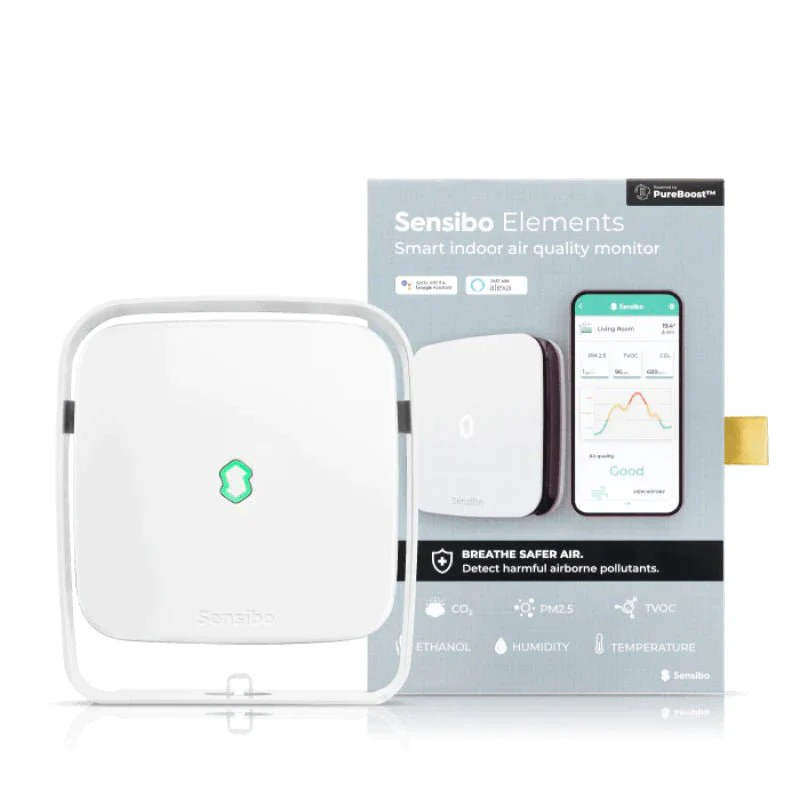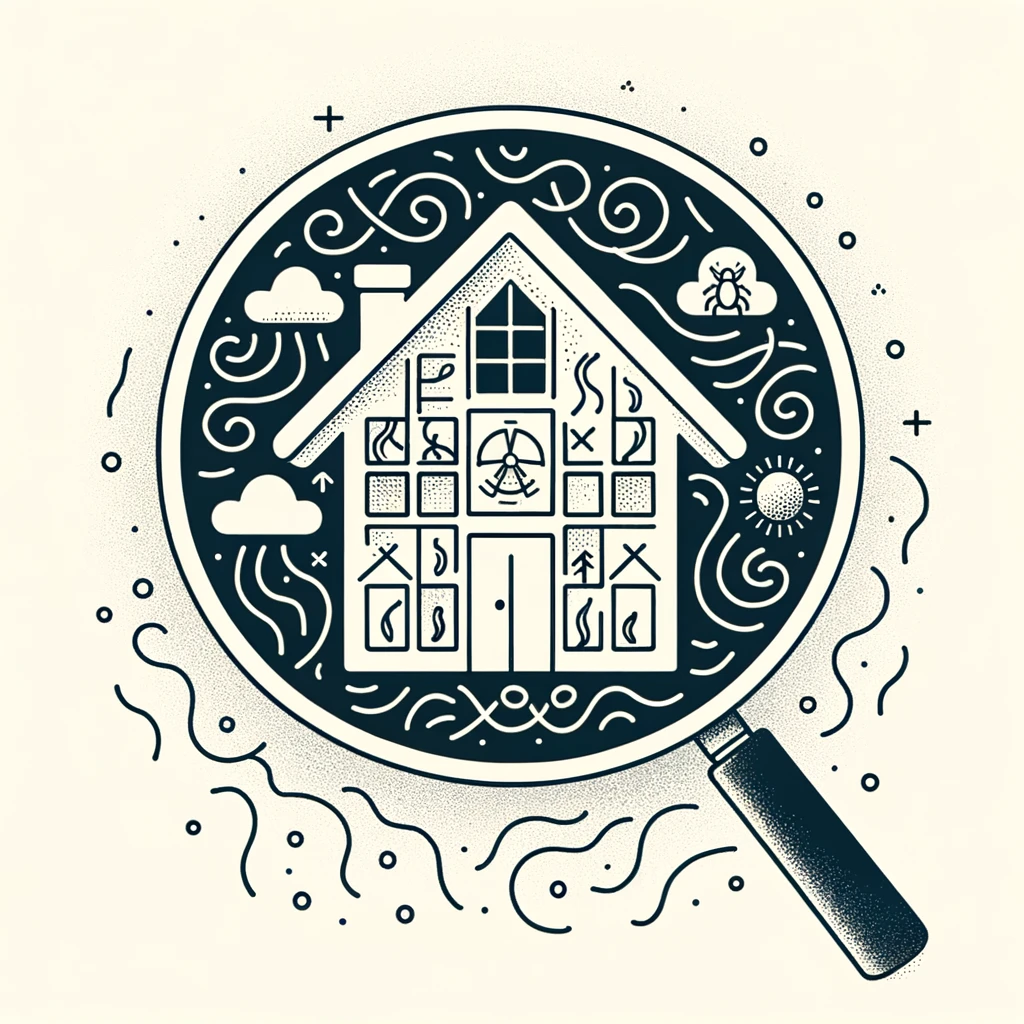The World Health Organization (WHO) updated its recommended air pollution guidelines for the first time since 2005 this past September. According to WHO’s Director-General Dr. Tedros Adhanom Ghebreyesus, the “new air quality guidelines are an evidence-based and practical tool for improving the quality of the air on which all life depends.” He urges “all countries and all those fighting to protect our environment to put them to use to reduce suffering and save lives.”
Each year, there are 7 million premature deaths as a result of air pollution exposure. Unfortunately, low and middle-income countries are at an increased risk, as air pollution levels continue to increase exponentially. This is largely due to wide-scale urbanization and economic development, both of which almost exclusively rely on burning fossil fuels.
In the new global air quality guidelines announcement, WHO’s Regional Director for Europe reinforced the organization’s position that clean air is a human right. “Clean air should be a fundamental human right and a necessary condition for healthy and productive societies,” he said. We agree. Air pollution is one of the biggest environmental and health threats humans face, hence the importance of these guidelines.
Fast Facts About Air Pollution
- In 2019, the majority of the world’s population lived in regions that did not meet WHO air quality guidelines.
- As of 2021, 135 million Americans live in counties with excessive air pollution levels.
- If WHO’s updated air quality guidelines were met, approximately 80% of deaths caused by PM2.5 could be circumvented.
What Is WHO’s Definition of Air Pollution?
The WHO defines air pollution as:
The contamination of the indoor or outdoor environment by any chemical, physical or biological agent that modifies the natural characteristics of the atmosphere.
They note motor vehicles, forest fires, industrial facilities and household combustion devices as common sources. Additionally, they warn that five pollutants in particular—particulate matter, ozone, nitrogen dioxide, sulfur dioxide and carbon monoxide—are of major public health concern.
Previous Air Pollution Guidelines
WHO’s first air quality guidelines were published in 1987 under the title: “Air Quality Guidelines for Europe.” The publication summarized the health effects of 28 common air pollutants and provided a uniform basis for risk assessment. National authorities were advised to use scientific knowledge to protect populations from the adverse effects of air pollution. Then, in 2000, with greater scientific knowledge and an influx of research, WHO revised the guidelines. The second edition summarized the risk characterization of 37 air pollutants. In the early 2000s, scientists became increasingly aware of the global nature of air pollution. Researchers were particularly motivated by the health effects of air pollution exposure in low- and middle-income countries in Asia. This resulted in the third edition and previous release: “Air Quality Guidelines: Global Update 2005.”
WHO Air Quality Guidelines 2021
The new WHO global air quality guidelines recommend reduced ambient air concentration levels for five notable pollutants. (Yes, those five aforementioned pollutants that are included in their definition of air pollution!) Why? Current research shows a clear connection between adverse health effects and exposure to these pollutants.
 Criteria Pollutants: In the U.S., the Environmental Protection Agency refers to these five pollutants, with the addition of lead, as criteria pollutants. They determine national limits, or NAAQS, for these pollutants. Learn more about the big six and how they impact indoor air quality here →
Criteria Pollutants: In the U.S., the Environmental Protection Agency refers to these five pollutants, with the addition of lead, as criteria pollutants. They determine national limits, or NAAQS, for these pollutants. Learn more about the big six and how they impact indoor air quality here →Updated Guidelines
For ground-level ozone, nitrogen dioxide, sulfur dioxide, carbon monoxide and PM10 (particulate matter with a diameter of 10 microns or less), countries should adhere to the following guidelines:
- PM10: 15 micrograms per cubic meter annual mean, 45 micrograms per cubic meter 24-hour mean
- Ozone: 100 micrograms per cubic meter 8-hour mean
- Nitrogen Dioxide: 10 micrograms per cubic meter annual mean, 25 micrograms per cubic meter 24-hour mean
- Sulfur Dioxide: 40 micrograms per cubic meter 24-hour mean
- Carbon Monoxide: 7 micrograms per cubic meter 24-hour mean
The WHO’s guidelines distinguish between PM10 and PM2.5. Particle size matters—especially with regard to health effects. When it comes to PM2.5, notably smaller particulate matter that can penetrate deeper into the lungs, countries with high pollution levels should work toward the following interim targets in descending order:
- 35 micrograms per cubic meter annual mean, 75 micrograms per cubic meter 24-hour mean
- 25 micrograms per cubic meter annual mean, 50 micrograms per cubic meter 24-hour mean
- 15 micrograms per cubic meter annual mean, 37.5 micrograms per cubic meter 24-hour mean
- 10 micrograms per cubic meter annual mean, 25 micrograms per cubic meter 24-hour mean
As previously mentioned, the guidelines limiting concentrations of and exposure to these air pollutants are stricter with this most recent revision. The increase in stringency reduced the ambient air levels allowed for 8-hour, 24-hour and annual means. This revision was absolutely necessary as there is no safe concentration or level of exposure with regard to these air pollutants. Hopefully, countries that follow these new guidelines will notice a difference in outdoor air pollution levels, indoor air quality and human health.
What Do Tougher WHO Air Quality Guidelines Mean for America?
Technically, the new WHO air quality guidelines do not have any impact on U.S. emission levels as they are not legally binding. However, WHO strongly encourages all 194 member states to follow these guidelines as they are based on five years of stringent research. If the U.S. decides to ignore these updates, air pollution levels will continue to increase, compromising the health of every American. And while many in the field view updated guidelines as long overdue, meeting and enforcing air pollution levels is complex. The U.S. is already in a tough position. In 2020, New York, Los Angeles and Chicago, three of the 100 most populated cities in the world, failed to meet the previous WHO guideline for particulate matter.
Follow Guidelines and Save Lives
Diseases and death caused by air pollution are entirely avoidable. As a nation with three of the most populated cities in the world, it is crucial that we follow WHO’s new air quality guidelines. On a global scale, if every country did their part to reduce air pollution, global life expectancy and healthy years of life would undoubtedly increase. These guidelines are not legally binding, but adhering to them is the right thing to do.





